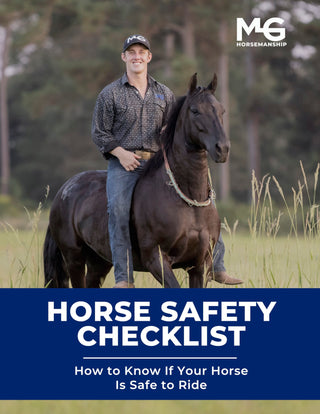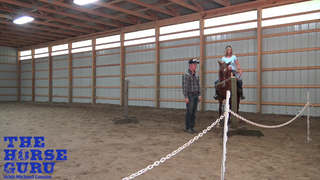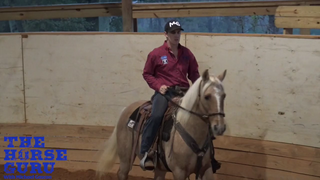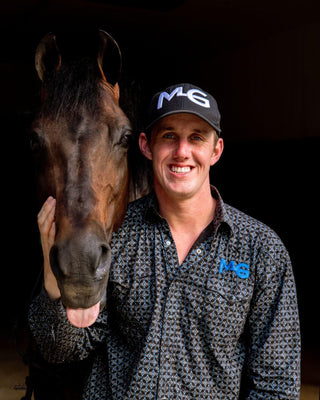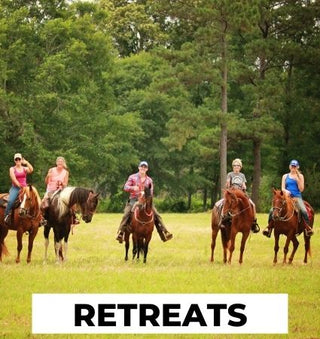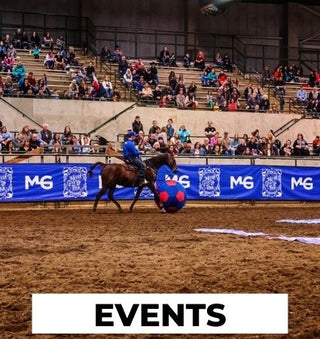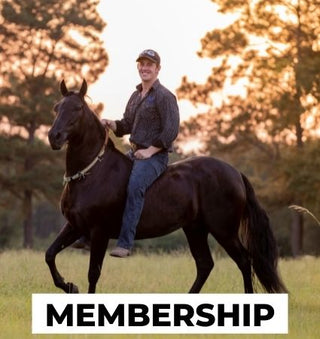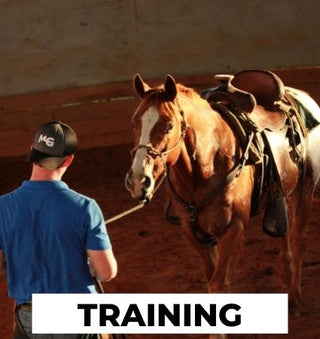Watch the Video Here or continue reading below!
Hey Team MG! It’s Michael Gascon, and today we’re diving into an essential skill in horse training—getting your horse to pivot on its hindquarters by moving its shoulders. If you’ve already mastered controlling your horse’s head and hindquarters, this is the next step in refining your horsemanship.
Understanding Horse Body Control
Some trainers believe there are five major body parts to control: the head, neck, shoulders, ribs, and hindquarters. However, I like to simplify things. If you control the head and shoulders, the neck follows. If you control the shoulders and hindquarters, the ribs move accordingly. That’s why I focus on just three areas:
- Head
- Shoulders
- Hindquarters
Why Shoulder Control Matters
Today, I’m working with a 13-year-old spotted saddle horse on his first day of training. He has a history of rearing—a dangerous habit that stems from resistance. The key to preventing issues like rearing, bucking, and bolting is controlling the horse’s body, especially its shoulders. A horse must have its head locked forward to resist, so by keeping it flexible, we eliminate the problem before it starts.
Step-by-Step Guide to Disengaging the Shoulders
1. Position Yourself Safely
- Always stand outside the horse’s shoulder.
- Avoid the "red zone" (directly in front of the shoulders) where you could get struck or bitten.
- Keep one hand on the lower cheek to guide the head in the direction you want.
2. Use Clear Signals
- Step 1: Raise your hand toward the cheek—this invites the horse to move its head.
- Step 2: Apply light pressure to the shoulder.
- Step 3: If there’s no response, add a clicking sound as a warning.
- Step 4: Apply more pressure if necessary, but release immediately when the horse moves correctly.
3. Expect Differences Between Sides
- Just like humans, horses are naturally stronger on one side.
- If one side is more resistant, be patient and persistent.
- Stick to your cues until the horse responds correctly.
No Whips, Just Pressure and Clarity
This entire exercise can be done without whips or sticks—just clear communication and pressure. If your horse steps forward instead of pivoting, apply gentle pressure to stop the forward movement and redirect it sideways.
Applying Shoulder Control Under Saddle
Once you’ve mastered this on the ground, the same principles apply when riding.
- To move the hindquarters, use your legs to pressure only the hindquarters.
- To move the shoulders, use leg pressure on the neck and shoulder.
This targeted approach makes your cues clearer and your horse more responsive.



